Root rot: How to spot it and fix it
Root rot is a term that frightens a lot of plant parents. It’s not always fatal to plants and there are easy ways to prevent it.
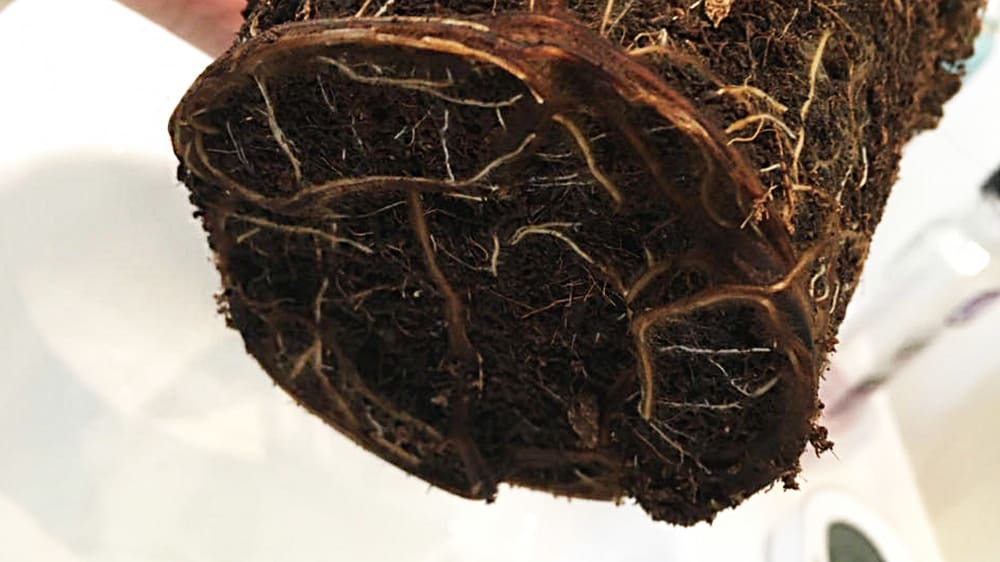
Root rot is one of those plant terms that sounds incredibly scary. It’s something you want to avoid, but it’s often fixable.
It’s best to prevent root rot, rather than cure it. There are two simple things to do:
- Don’t overwater your plant. Only water when the top two inches of soil feel dry
- Re-pot your plant every few years, to give it room to grow
What is root rot?
Root rot is exactly what it sounds like. It happens when your plant has been consistently overwatered, so its roots have been sitting in water.
After a while, the roots start to die and rot. Left untreated, it will eventually kill your plant.
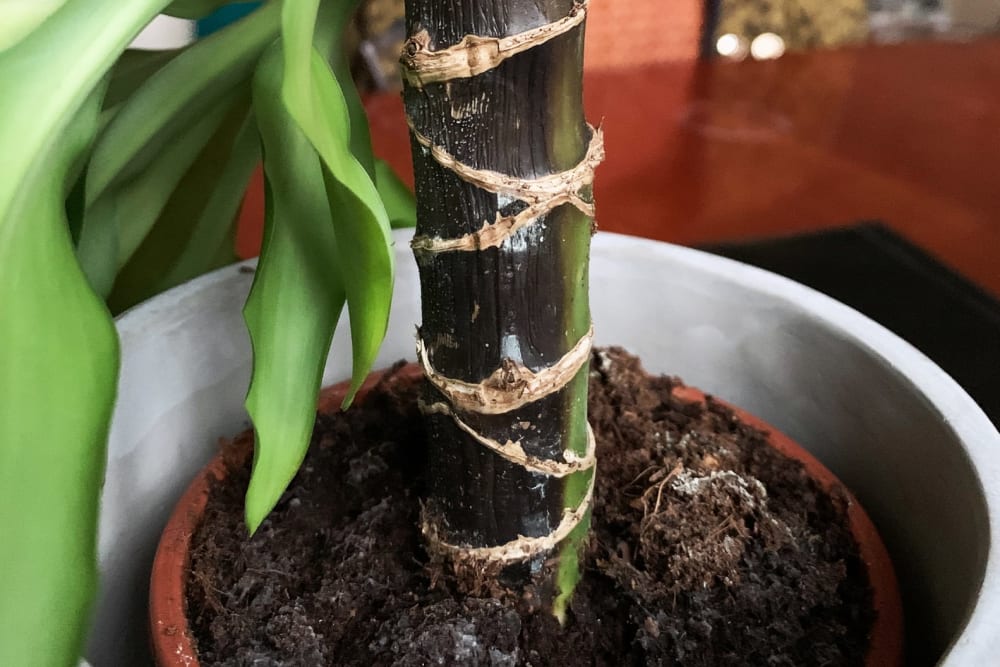
What causes root rot?
Plant roots love water, but they also love air. When your plant’s soil gets too wet there’s no longer any way for air to circulate around the roots, which gives bacteria and mould the perfect opportunity to start eating them.
You know how a room that’s damp and has poor air circulation, like a cellar, will smell mouldy? It’s basically the same principle.
How do you know if a plant has root rot?
The first signs of root rot will be above ground. As the roots stop functioning, your plant will start to yellow and wilt all over. If you have a plant that’s made up of several stems in the same pot, it’s possible only one stem will get root rot.
Plants with root rot will often also have a strong, unpleasant smell coming from the soil. To confirm root rot, you’re going to have to get your hands dirty.
How to check for root rot
This will be messy, so do it outside, over a sink, or put down some newspaper first.
- Gently remove your plant from its nursery pot
- Look at the roots. Healthy roots will be white
- Rotten roots will be very brown or black and feel mushy
- If the roots are mushy, root rot is to blame
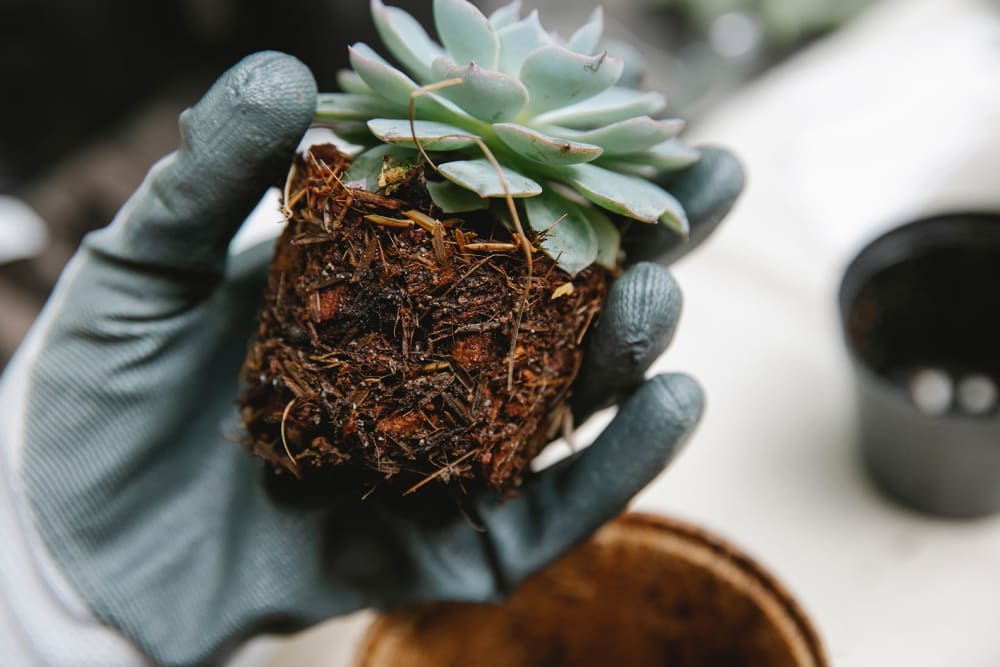
How to treat root rot
It won’t always be possible to cure root rot, but here’s how to try:
- Take the plant out of its pot and remove any excess soil. Get rid of this.
- Once you’ve removed as much soil as possible, rinse the roots under lukewarm water
- Using clean secateurs cut back and get rid of any rotten/dead/damaged roots
- Thoroughly disinfect the pot before repotting your plant in fresh compost
- Now that the root ball may be much smaller, using clean secateurs, prune back your plant’s leaves by one third to a half - so it doesn’t have to photosynthesise as much.
- Water your plant lightly after repotting and remember, going forward only water when the top two inches of soil feel dry
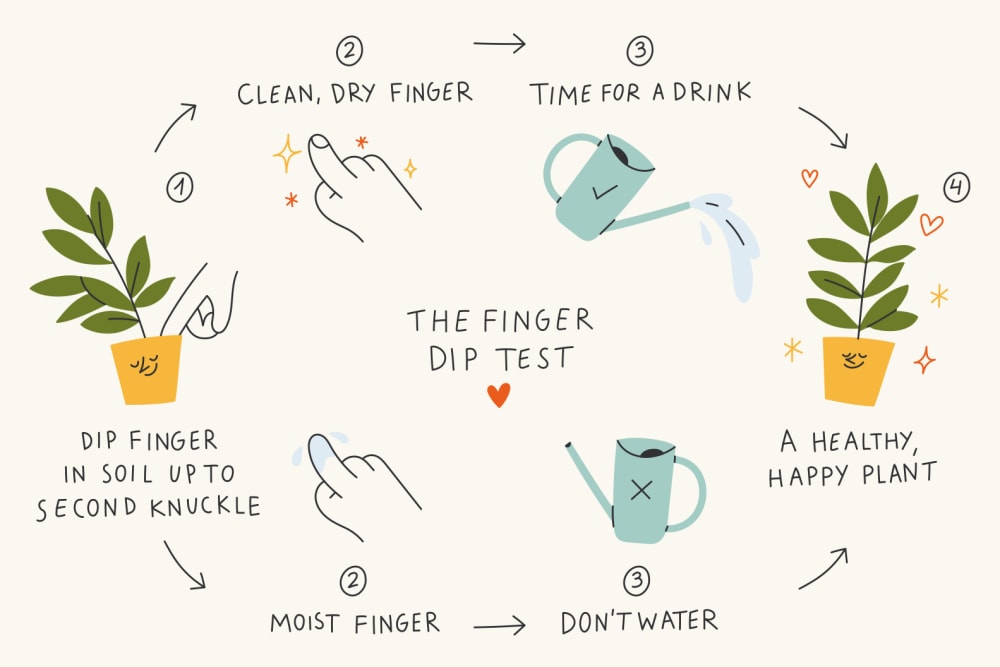
In some cases, if too many roots have rotted it may not be possible to save your plant, but you have to try, right?
Never kill another plant
Plant tips. Special offers. No spam.
You might like
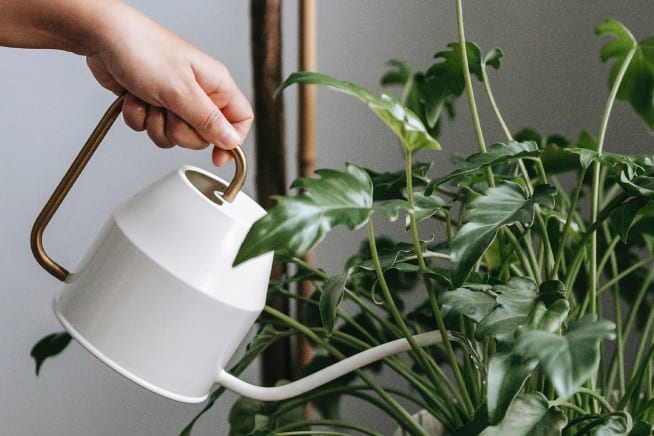
How to stop overwatering your plants
More water does not mean a happier plant
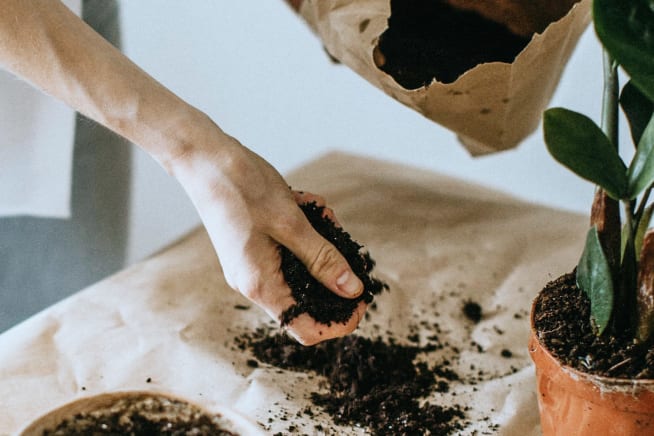
Complete guide to repotting
Learn how and when to upgrade your plant’s pot
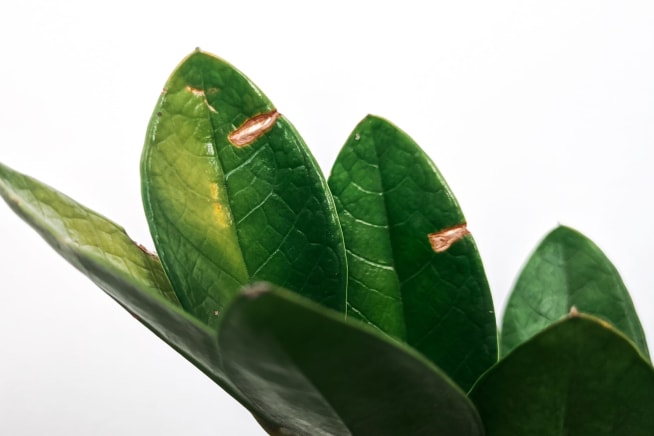
Why are my plant’s leaves scarred?
We prefer to call them birthmarks